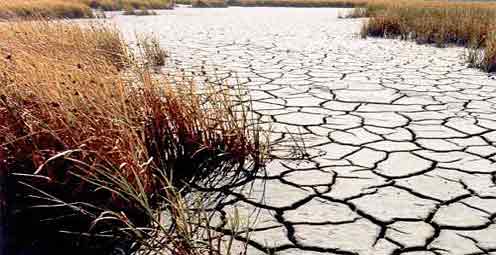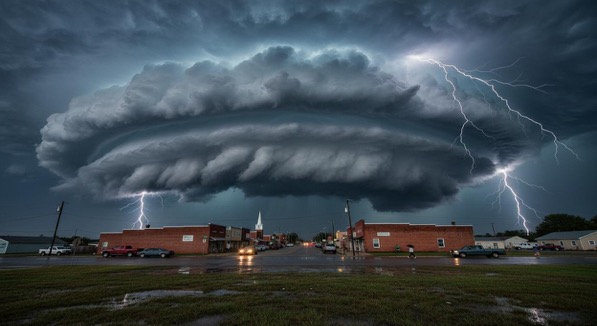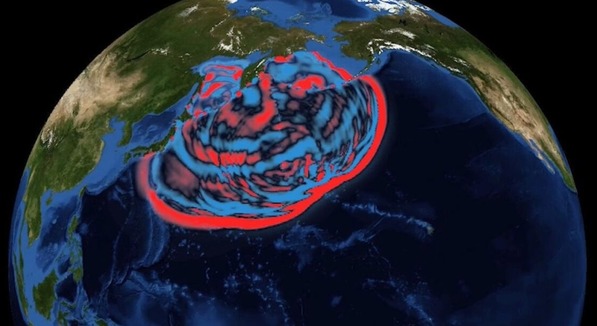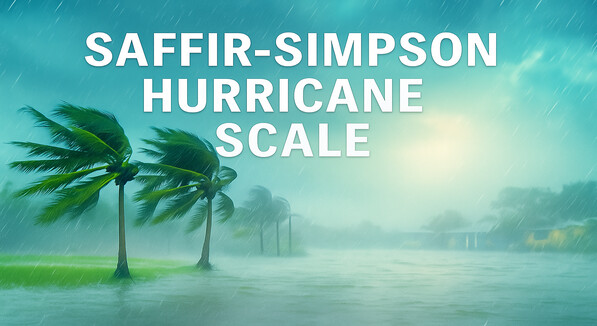 A drought is a period of drier-than-normal conditions that results in water-related problems. When rainfall is less than normal for several weeks, months, or years, the flow of streams and rivers declines, water levels in lakes and reservoirs fall, and the depth to water in wells increases. If dry weather persists and water-supply problems develop, the dry period can become a drought.
A drought is a period of drier-than-normal conditions that results in water-related problems. When rainfall is less than normal for several weeks, months, or years, the flow of streams and rivers declines, water levels in lakes and reservoirs fall, and the depth to water in wells increases. If dry weather persists and water-supply problems develop, the dry period can become a drought.
The term “drought” can have different meanings to different people, depending on how a water deficiency affects them. Droughts have been classified into different types such as:
- meteorological drought – lack of precipitation
- agricultural drought – lack of soil moisture, or
- hydrologic drought -reduced streamflow or groundwater levels
It is not unusual for a given period of water deficiency to represent a more severe drought of one type than another type. For example, a prolonged dry period during the summer may substantially lower the yield of crops due to a shortage of soil moisture in the plant root zone but have little effect on groundwater storage replenished the previous spring.
Source: usgs.gov



